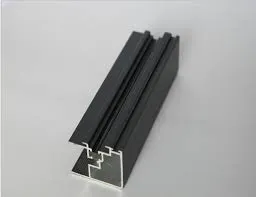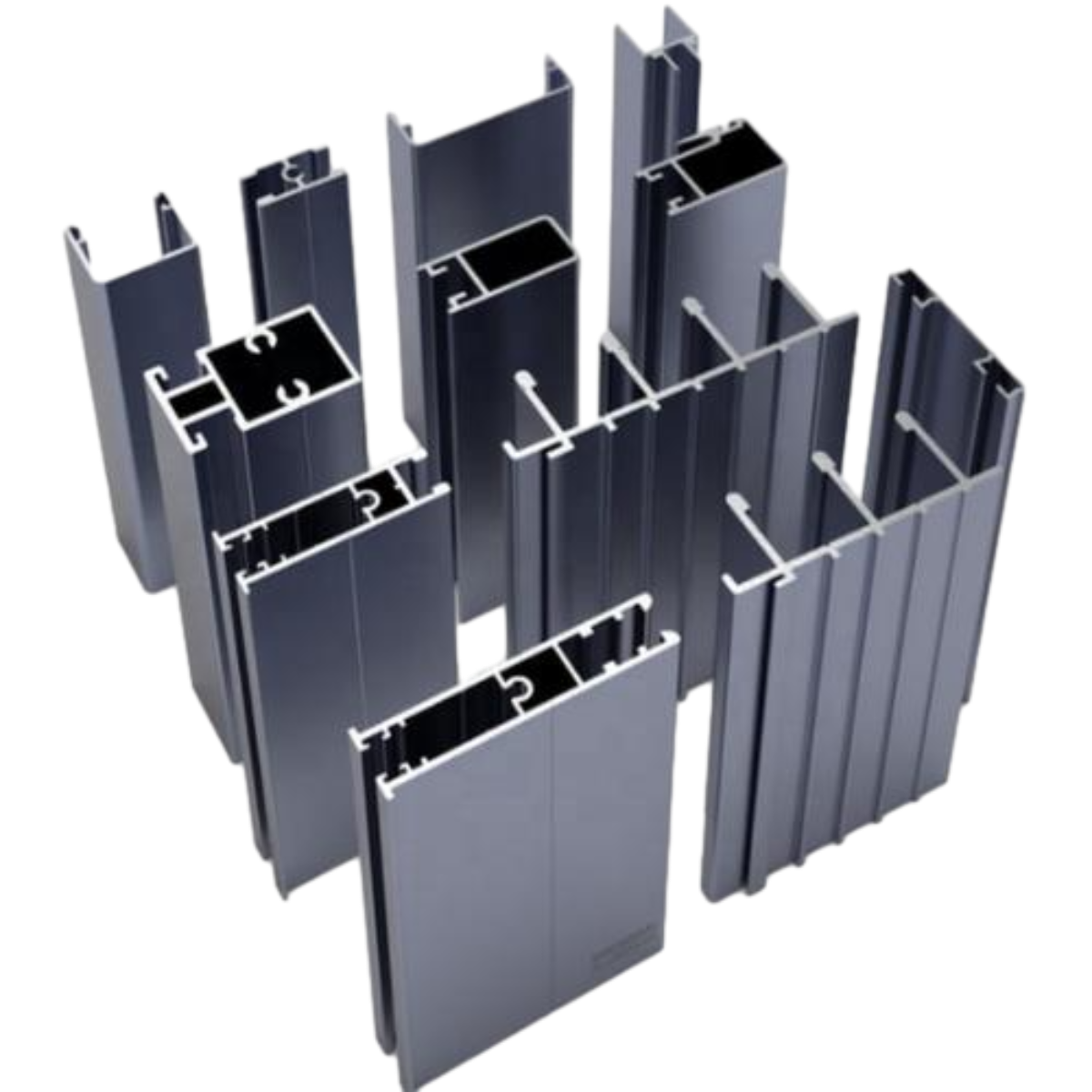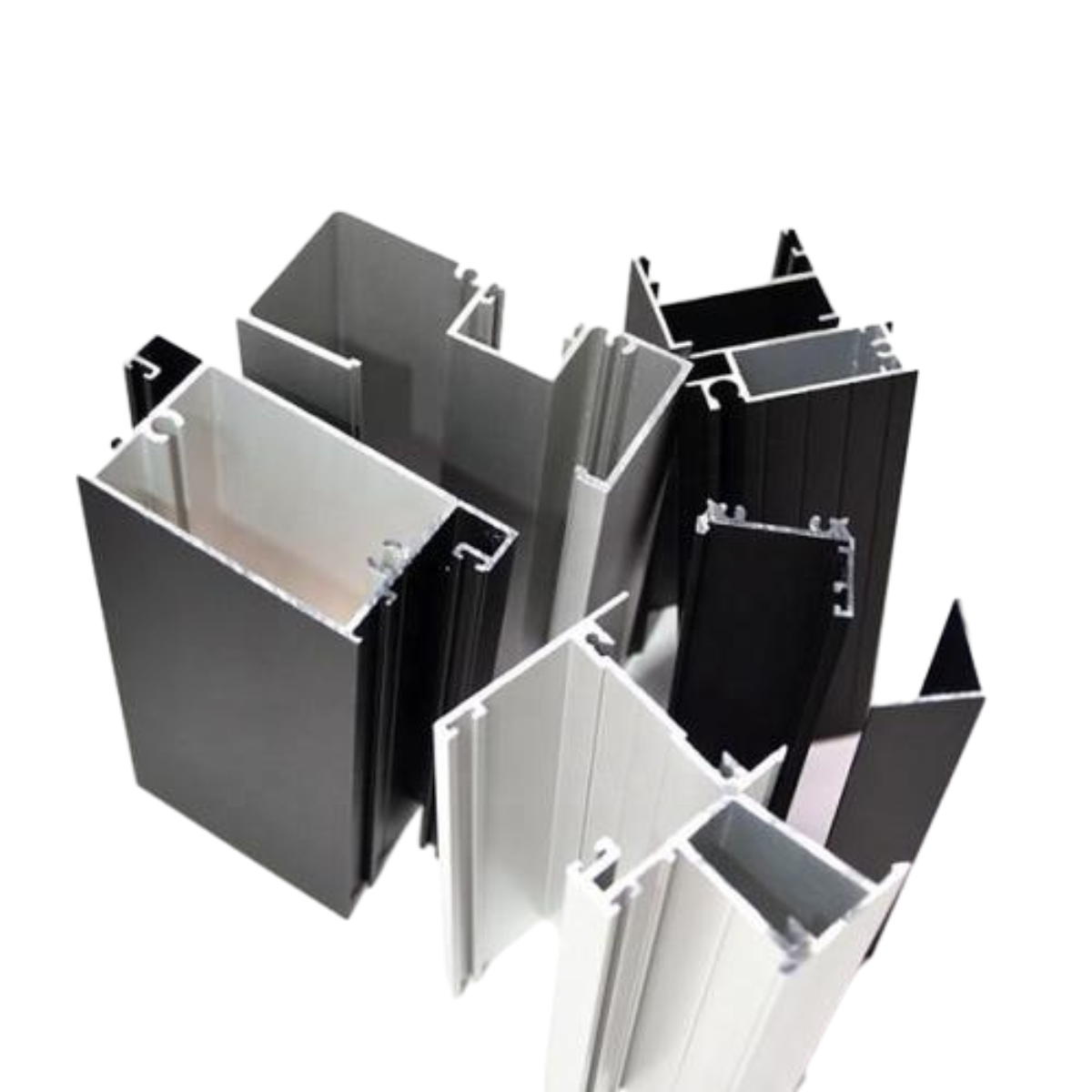Exploring the Art and Science of Metal Casting Techniques in Modern Foundries
The Art and Science of Foundry Work
Foundry work, an age-old craft, stands at the intersection of art and science, transforming raw materials into functional and aesthetic metal objects. From the casting of intricate jewelry to the manufacture of large industrial components, foundry work plays a crucial role in various sectors, including automotive, aerospace, and art. This article delves into the techniques, materials, and significance of foundry work, exploring how this age-old practice continues to evolve in the modern age.
At its core, foundry work involves the casting process, where molten metal is poured into a mold to create a desired shape
. The materials used in this process can vary widely, but some of the most common metals include iron, aluminum, bronze, and steel. Each metal presents unique properties and challenges, influencing the casting process and the final product's characteristics. For instance, aluminum is prized for its lightweight and corrosion-resistant properties, making it ideal for automotive applications. In contrast, cast iron, known for its durability and wear resistance, is often used in heavy machinery and engine blocks.The process begins with pattern making, where a replica of the final product is created in a material such as wood, plastic, or metal. This pattern is then used to form a mold, which is typically made of sand combined with a binding agent. Once the mold is formed, the pattern is removed, leaving a cavity that will shape the molten metal. This step requires precision and craftsmanship, as any imperfections in the mold can result in defects in the final cast.
Heating the metal until it reaches its molten state is another critical phase in foundry work. This step not only requires careful temperature control but also an understanding of the specific metal's melting point and its behavior when heated. Once the metal is sufficiently molten, it is poured into the prepared mold. Depending on the complexity of the desired design, foundry workers may utilize different casting methods, such as sand casting, investment casting, or die casting.
foundry work

Sand casting is among the oldest and most versatile methods, allowing for the production of intricate designs at a relatively low cost. Investment casting, on the other hand, is used for more complex geometries and provides a smooth surface finish. Die casting is typically reserved for mass production and involves forcing molten metal into a mold at high pressure, which can achieve very thin walls and a quality surface.
After the metal has cooled and solidified, the next phase is finishing. This involves removing the mold material, which may require breaking the mold apart. The cast object may also undergo additional machining processes, such as grinding, polishing, or painting, to achieve the desired specifications and aesthetic appeal. Finishing is crucial, as it affects not only the object's appearance but also its functionality and performance.
As industries evolve, foundry work is embracing new technologies and methods to enhance productivity and sustainability. The introduction of computer-aided design (CAD) has revolutionized the pattern-making process, allowing for more complex and precise designs. Furthermore, advancements in 3D printing are beginning to make their mark, enabling the production of molds and patterns that were previously difficult or impossible to create using traditional methods.
Additionally, there is a growing emphasis on sustainable practices within the foundry industry. Recycling scrap metal, using eco-friendly binding agents, and implementing energy-efficient furnace designs are just a few examples of how foundries are working to reduce their environmental impact. The shift toward sustainability is not only beneficial for the planet but also increasingly demanded by consumers and regulatory bodies alike.
In conclusion, foundry work is a remarkable blend of art and science, where creativity meets engineering. As it continues to evolve with technology and sustainability in mind, the craft retains its vital importance in manufacturing and industrial innovation. Whether creating large-scale components or delicate artistic pieces, the skills and techniques honed over centuries remain relevant, ensuring that foundry work will continue to shape our world for years to come.
-
Why Choose Cast Iron for Your Next Project?NewsApr.27,2025
-
Timeless Charm of Cast Iron Decorative ElementsNewsApr.27,2025
-
Wholesale Cast Iron Products: A Growing Trend in Home and Garden DécorNewsApr.27,2025
-
The Advantages of Using Ornamental Cast Iron Parts in Your Design ProjectsNewsApr.27,2025
-
Why Ornamental Iron Castings Are Essential for Timeless DesignNewsApr.27,2025
-
The Elegance and Durability of Ornamental Cast Iron PanelsNewsApr.27,2025















